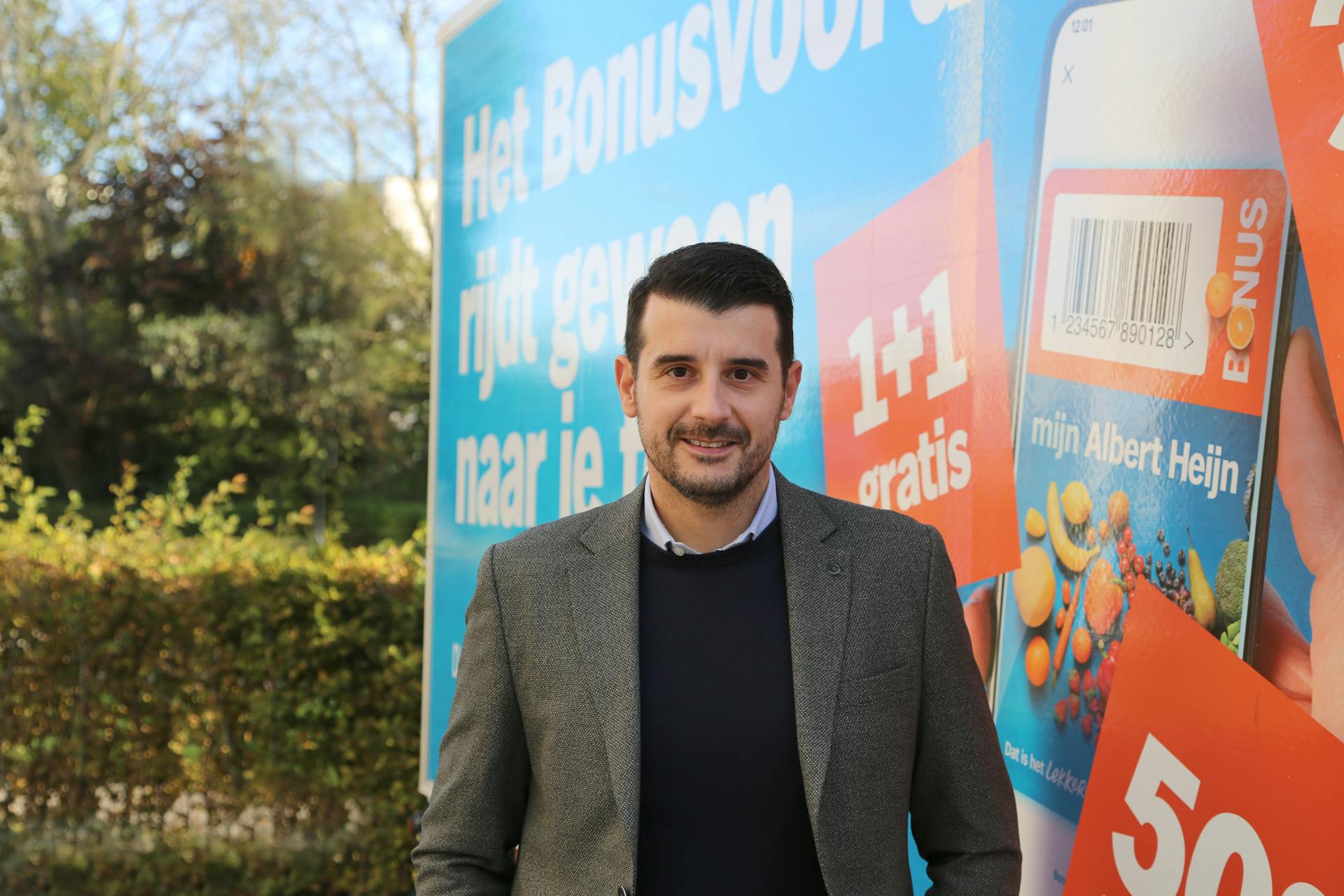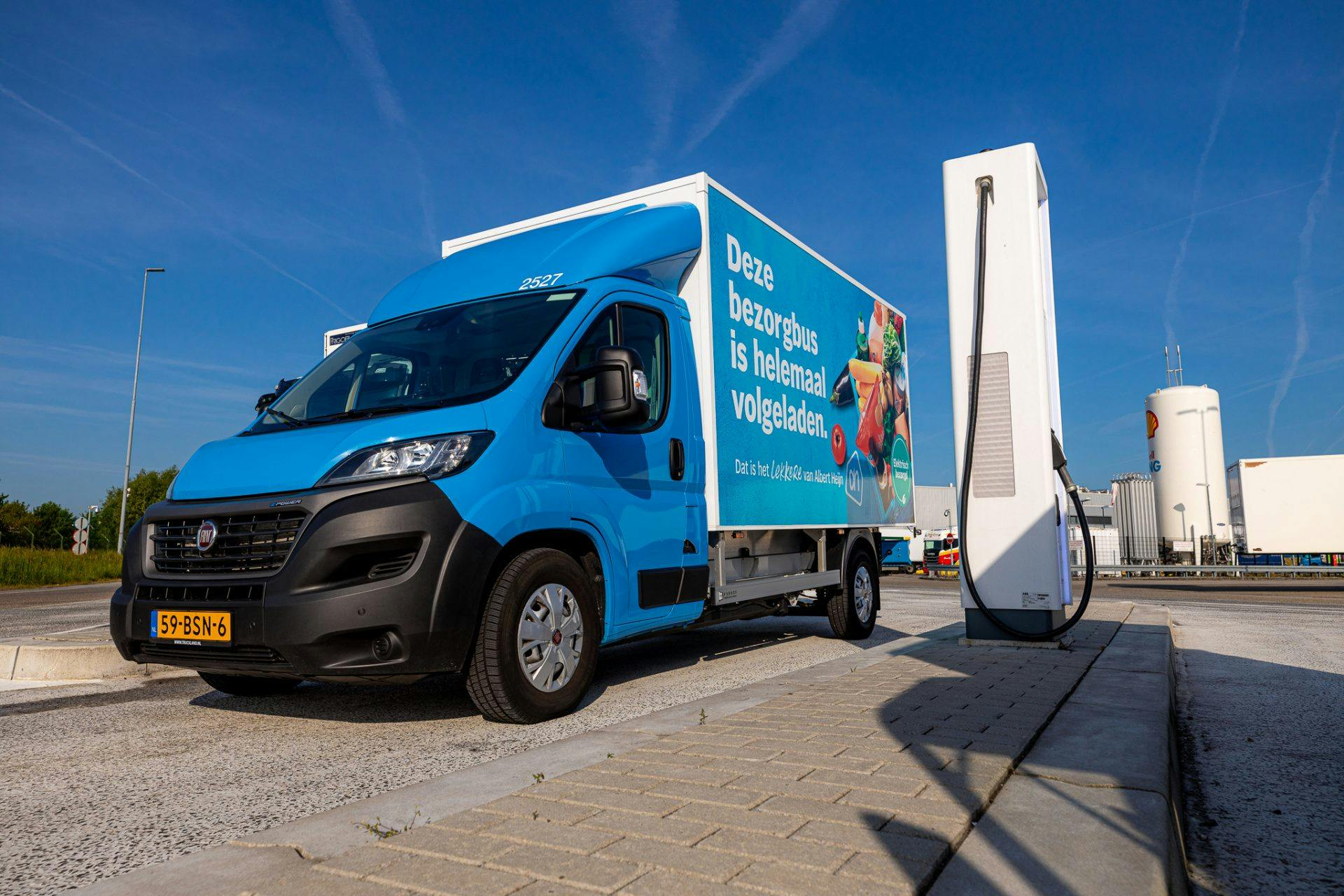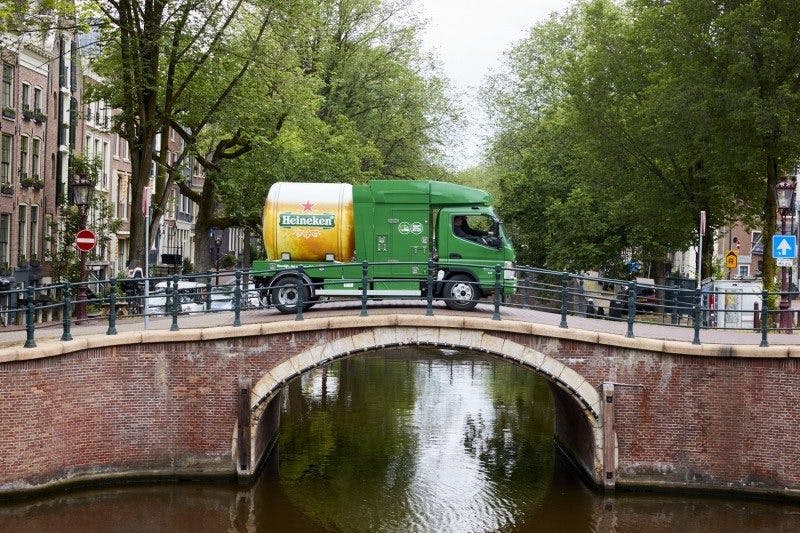What Unique Obstacles Do Electric Vehicles Create for E-Grocery Delivery?
Transitioning to electric fleets isn’t just about plugging in vehicles. George Ninikas highlights that the practical obstacles are both technical and operational. First, most EVs have a limited real range. This means grocery fleets must carefully plan around state of charge and available ev charging points, ensuring that every delivery can be fulfilled without interruption.
A second concern, Lorenzo Simons notes, is the current infrastructure. Many regions lack a dense smart charging network, so routes must be created with the location and availability of chargers in mind. As a result, efficient scheduling—using ev route planner tools inside your last mile software—is essential to avoid delays and keep deliveries running on time.
Third, charging time for EVs often disrupts traditional delivery models. Unlike filling a tank in a matter of minutes, charging an EV can require significant downtime. Smart route optimization and smart charging schedules become essential for business continuity, especially as order volume peaks or drivers face unexpected road conditions.
Vehicle options themselves also matter: payload variance among ev truck models means the right mix of vehicles must be matched to order volumes and product types, supporting everything from frozen foods to weekly staples.
Finally, a real challenge comes as companies scale their operations. Coordinating a growing ev fleet—including mixed deployment with diesel or gasoline vehicles—requires unified planning. Here, robust ev fleet management software and dynamic last mile solutions make the difference between reliable fulfillment and missed promises.
Dealing with electric vehicles, especially in a mixed fleet scenario, requires a calibrated optimizer that accounts for the unique characteristics of EVs. Traditional planning models just don’t cut it anymore.
How Can Last Mile Software Overcome the EV Challenge?
To thrive, retailers and grocers need more than just electric vehicles on the lot. They need last mile delivery software that integrates route optimization, charging management, and fleet analytics.
First, advanced planning is a foundation. As George Ninikas explains, designing delivery schedules for EVs means accounting for restricted range, preferred charging windows, and even local zero-emission requirements. Modern route optimization ensures that vehicles can complete their assigned deliveries and return safely—automatically calibrating stops, factoring battery life, and prioritizing routes based on vehicle capability and grid status.
Second, assigning vehicles to charging points is now a core operational task. With charging infrastructure not uniformly available, software solutions like a smart charging network or integration with platforms such as everon ev charging management platform help synchronize deliveries with both depot and public charger availability. Dynamic ev route planner functions allow adjustments for weather, payload, or traffic conditions—while charging time is built directly into delivery windows and driver schedules.
Once your delivery routes are established, the challenge is to synchronize charging schedules with those routes—considering every real-world variable from payload to weather to last-minute changes.
Third, as Lorenzo Simons emphasizes, real-time control is vital. The best systems ingest live data from vehicles—tracking both state of charge and projected route consumption. By integrating with public charging APIs and vehicle telematics, planners can instantly see when a vehicle needs to reroute, charge en route, or be reallocated to avoid service disruptions. This active fleet management is supported by leading ev software for maximum operational agility.
Enabling real-time control relies on accurate information from the field—everything from vehicle battery status to charging infrastructure availability. It’s about bringing hardware and data together so operations can react instantly.
Fourth, long-term analytics drive continuous improvement. Leveraging daily operational data, businesses use ev charging software and analytics dashboards to measure actual battery performance, identify improvement areas, and plan infrastructure investment. Machine learning models—trained on elevation, weather, driver behavior, and route history—provide ever-more accurate estimates for real range and optimal energy usage. Over time, this data-driven approach turns range estimation and route planning from a guessing game into a precise science.
Finally, a strategic stance on network and energy investment is crucial. As EV fleets grow, understanding when and where to add ev charging points, deploy solar power, or work with third-party charging point operators becomes an integral business decision. The right software tools help simulate network designs and investment impacts well beyond daily scheduling—supporting scalable, sustainable growth.
We’re actively developing predictive models using machine learning to estimate battery consumption based on factors like elevation, weather, and driver speed. The goal is to make our tools smarter over time, so planning becomes less manual and more data-driven.
What Practical Steps Can Retailers Take to Embrace the E-Mobility Transition?
Retailers and e-grocery players who want to lead in e-mobility can act in several practical ways:
- Leverage tailored route optimization for EVs. Use last mile solutions that enable flexible planning, including both depot and intermediate charging, optimized for actual battery life.
- Deploy smart charging schedules. With integrated smart charge tools, automatically align charger access with delivery shifts—keep delays and driver stress to a minimum.
- Prioritize real-time, data-driven decision making. Choose solutions with robust telematics and API integrations to adapt plans dynamically and maintain service levels, even when unexpected factors appear.
- Invest in analytics and performance monitoring. Use analytics software not just for daily review but also to inform long-term network and infrastructure investments.
- Stay adaptable. Future-proof your logistics with software that quickly evolves as electric vehicle technology, battery chemistry, or infrastructure regulations advance.
As George Ninikas wisely observes, “The shift to electric last mile delivery will reshape city logistics and retail supply chains. Success requires both vision and day-to-day operational excellence—from dynamic routing to infrastructure insight.”

George Ninikas, SVP Sales & Accounts Retail & Wholesale at ORTEC, and Lorenzo Simons, Subject Matter Expert on eMobility.
"Enabling real-time control relies on accurate information from the field—everything from vehicle battery status to charging infrastructure availability. It’s about bringing hardware and data together so operations can react instantly."
The Road Ahead: Smart Software, Smarter Fleets
Electric vehicle adoption is accelerating across retail. While challenges in range, charging, and fleet integration remain, the right strategy and technology turn these into competitive advantages. By putting last mile delivery software, dynamic planning, and data-driven tools at the heart of your e-mobility transformation, you position your operation to lead—delivering both sustainable growth and the service your customers expect.
For decision-makers ready to take the next step, now is the time to explore solutions that combine routing intelligence, smart charging, and ev fleet management—all designed to adapt as the world (and the grid) keeps changing.
Ready to make your EV transition seamless and profitable?
Request a demo or connect with our experts to see how our last mile and e-mobility solutions can power your next phase of growth.
About George Ninikas
As the Industry Director for Retail and Wholesale at ORTEC, George Ninikas holds a pivotal role in shaping the company's strategy and market presence in the retail sector. By harnessing the power of cutting-edge technology and advanced analytics, he aims to improve the efficiency, profitability, and customer experience of ORTEC’s clients. His primary objective is to translate technical solutions into a language that customers in the market can understand, promoting the company's expertise and expanding its reach. Alongside his career, George pursued his academic interests by completing a Ph.D. in Operations Research and teaching for a series of years at the University of Aegean.

About Lorenzo Simons
As the Subject Matter Expert on eMobility, Lorenzo Simons plays a crucial role in providing in-depth knowledge and expertise in the specific field of electric vehicles and the broader ecosystem of electric mobility. With his background in Electric Power Markets and Operation Research, he combines technical expertise, regulatory knowledge, and market insights to contribute to the development, implementation, and growth of electric mobility solutions. His role is critical for the successful integration of electric vehicles into the transportation system and the sustainable development goals.





